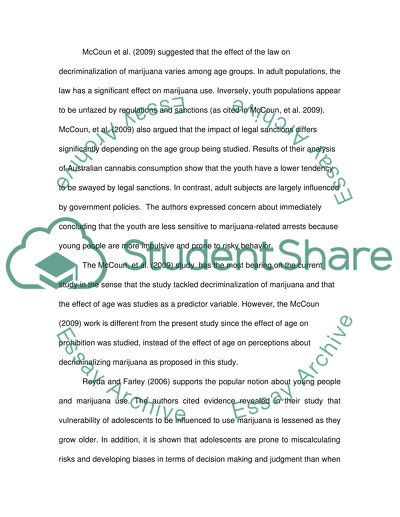Cite this document
(“The Influence of Age on the Perception of Decriminalizing Marijuana Research Paper”, n.d.)
Retrieved from https://studentshare.org/family-consumer-science/1415541-the-influence-of-age-on-the-perception-of
Retrieved from https://studentshare.org/family-consumer-science/1415541-the-influence-of-age-on-the-perception-of
(The Influence of Age on the Perception of Decriminalizing Marijuana Research Paper)
https://studentshare.org/family-consumer-science/1415541-the-influence-of-age-on-the-perception-of.
https://studentshare.org/family-consumer-science/1415541-the-influence-of-age-on-the-perception-of.
“The Influence of Age on the Perception of Decriminalizing Marijuana Research Paper”, n.d. https://studentshare.org/family-consumer-science/1415541-the-influence-of-age-on-the-perception-of.


